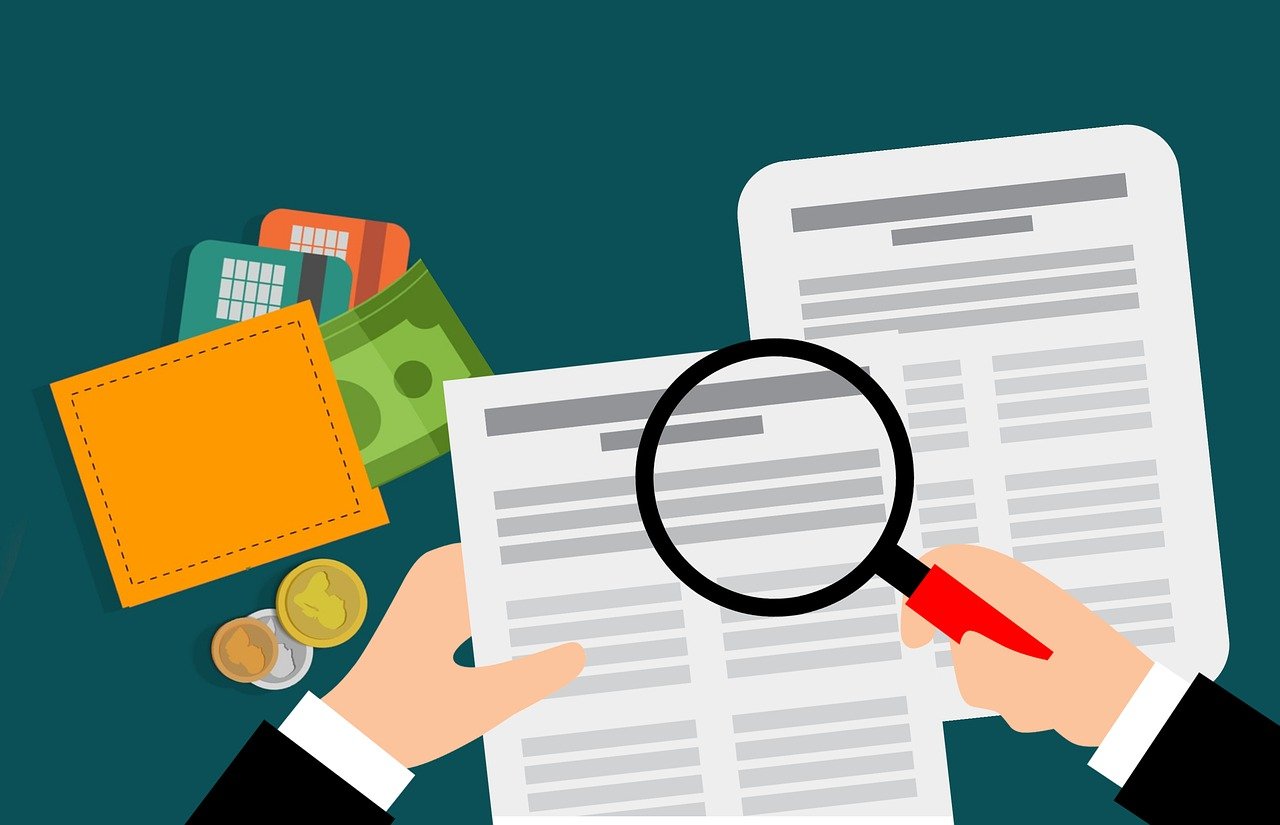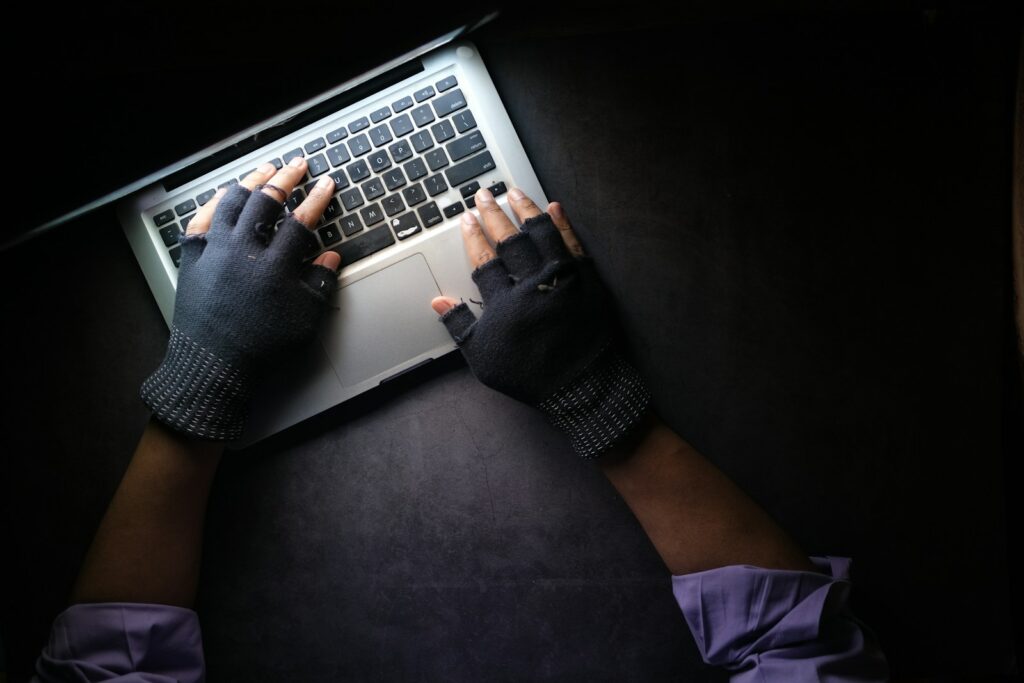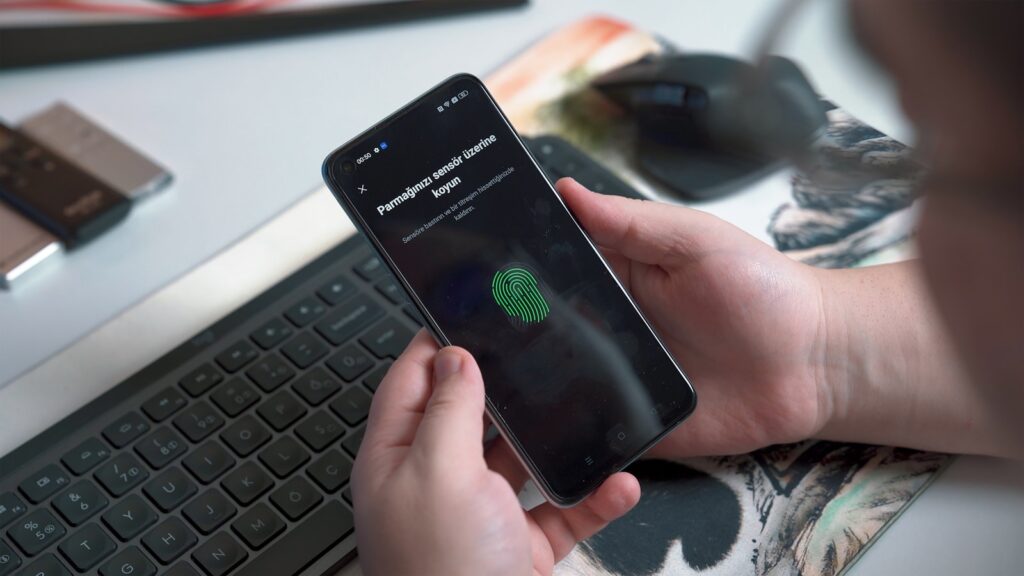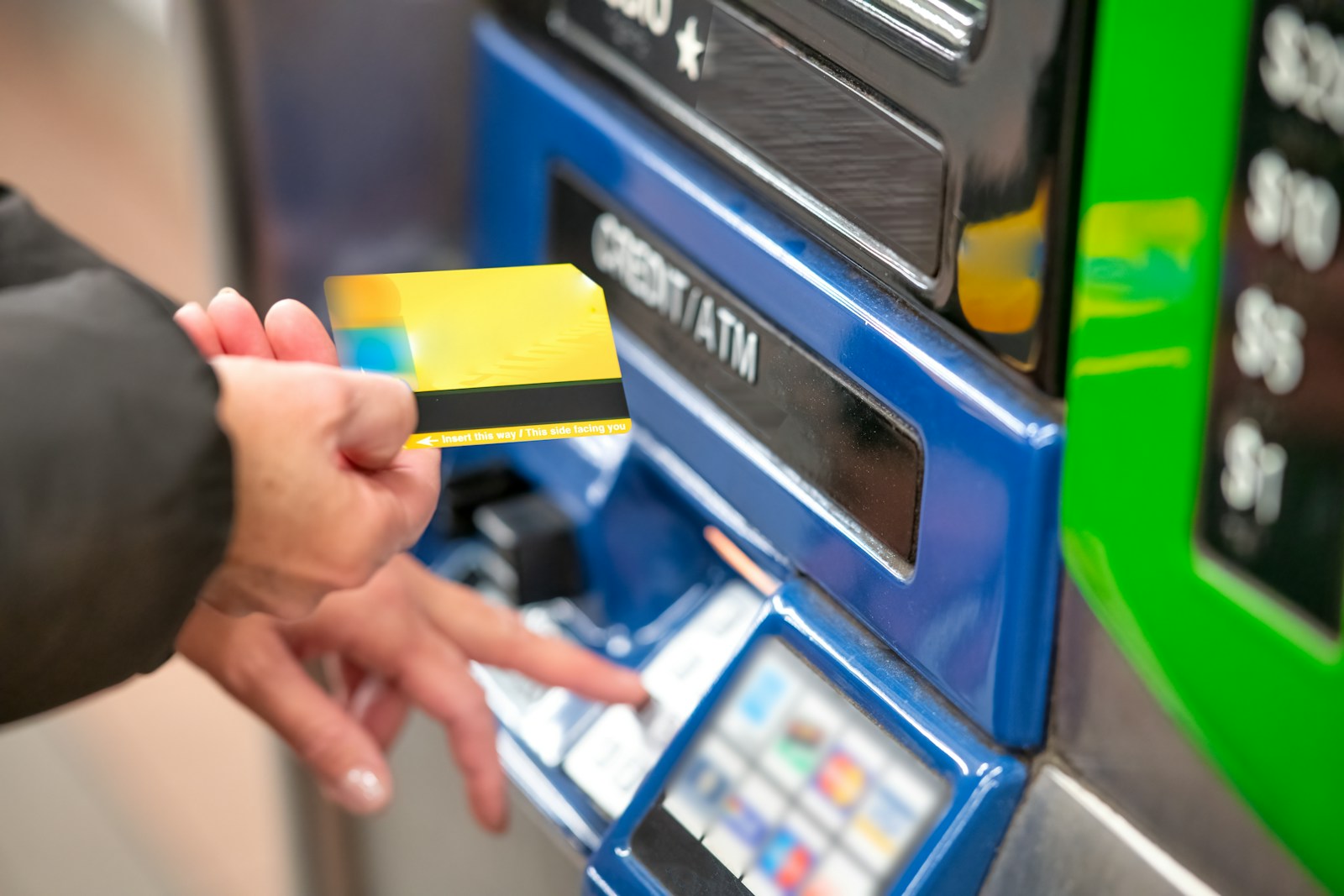Credit card fraud does worsen in this current digital world. Most businesses use a cashless economy, and that means there is the possibility to increase more risks to the customer to be victims of fraudulent acts.
Non-authorized charges, identity thefts, phishing scams among others lead to huge financial and emotional distress; however, there is precaution to be taken to save oneself from the fraud.
Well, this handy guide takes you through simple and easy tips and strategies on how to protect your credit card information and finance from fraudsters.
Definition of Credit Card Fraud
Credit card fraud is the use of your credit card information without your consent to obtain money in form of purchase or through withdrawing of cash. One can face it in the following ways;
- Card Not Present (CNP) Fraud: The thief is in the act using your card without the actual theft of it. Mostly it happens in online transactions where, it will ask for only a card number, its date of expiry along with the CVV.
- Card Present Fraud: Here, the fraudster would have harvested your physical credit card and use it in making unauthorized purchases. This can happen because of many reasons, for example, losing, stealing or even duplication of the cards.
- Skimming This is a copy of information from the credit card by using a skimming device that captures information on a card’s magnetic stripe. It mostly takes place at an ATM, gas pump or any point-of-sale terminal.
- Phishing Scams: The fraudster asks you to give him your credit card details and may even provide you with a fake email, message, or website which almost closely resembles the real one. He may ask for both your card number and your password and even further, secret information.
- Data Breaches: Hackers would concentrate on an enterprise that maintains credit card numbers. Once they were able to gain access to a retailer or to a bank, they would be able to steal several hundreds of thousands of credit card numbers in one instance.
Saving Tips from Credit Card Frauds
You might not be made 100% foolproof from frauds, but with a little care, you can save yourself from the deadly jaws of such malicious attacks. Here are some pointers that are sure to help you avoid such fraudulent activities:
1. Monitor Your Credit Card Statements Regularly
You just need to monitor your credit card statements sometimes. That’s probably the most simple yet effective method whereby you would be able to catch fraud early on. Youd need to be careful enough about unauthorized charges, however minor in nature they are, since a not-so-nice person would probably try out his fingers by making small purchases before upping the ante.
Action Step: register and receive an automatic reminder email every week and log in to view your statements online. All banks and credit card companies have mobile device apps which makes it super easy to keep track of everything.

2. Set Up Alerts and Notifications
Most card issuers will alert you to something that sounds like it may have a suspicious association with your account. Alerts can be set when such triggers occur, such as when the transaction exceeds some amount specified, purchases from an unusual location or purchases from the Internet.
Personal Experience: I received one message illustrating that there had been a transaction done at one store which I never visit. That was because of the alert; since it helped me access my credit card in a really short time and cleared the fraud case on the same day. The money was also reversed at no time.
Tip: You also have the option to activate the alerts that are allowed by the various spending behaviors. They can be sent as an email, even through your text, or you find them on updates on your app for the real-time updates of activity in your account .
3. Use Strong, Unique Passwords
Very good, unique passwords for online banking and credit card accounts. Something other than the most common password names “123456” or “password” because you will use a mix of letters, numbers, and special characters to create those hard-to-break passwords.
Fun Fact: 81 percent of data breaches were founded on weak or stolen passwords. Your strong passwords are your first line against those hackers.
Action Step: Lets change your passwords regularly and not using the same password in multiple accounts. Store your complex strong password through a safe password manager

4. Two Factor Authentication
This authentication adds another layer of security for your accounts as these accounts require another form of verification other than the password itself, and the form may be a text or an authentication app. Thus, fraudsters have found it quite tough to gain access into your account even with your password.
For example, if you would like to log into your credit card account using a new device, it automatically forwards a code to the registered number; after getting that number, the number should be inputted on the website in order to continue. For example, if you have shared your password with other people, you cannot be granted entry into your account without your phone.

5. Be Cautious with Public Wi-Fi
There is nothing like public Wi-Fi: it’s absolutely not secure, and hackers easily intercept your data. You can freely browse the web, but never make any purchases and not open such sensitive information as a bank or credit account.
Tip: if you really have to use public Wi-Fi, you can make use of a VPN that would encrypt your data, and therefore save it from hackers.
6. Use Secure Payment Methods
Pay through a secure online payment service. Some of them have liability protection much bigger than any standard credit card liability, including scam-proof credit cards and services like PayPal. Never let any credit number to be sent to any webpage that is not using a safe connection; look for “https:,” as well as the padlock icon.
Fact: 80 percent of consumers feel safer using their credit cards to shop online compared with other payment alternatives because of fraud features included in credit card accounts, the Better Business Bureau reports.
7. Phishing alert
In phishing, a scammer tries to pretend to be a bank, credit card company, or any other provider of a service by using a message, possibly in the form of an email, SMS, or a call. The most common type of phishing call asks the consumer to authenticate his account or suggests that the password needs to be changed. Legitimate companies will never ask for sensitive information through these methods.
Action Step: If you receive a suspicious message, do not click on any links or provide personal information. Instead, contact your bank or credit card company directly using the contact information on their official website.

8. Shred Sensitive Documents
The physical nature of credit card fraud, conversely assists both sides at one and the same time: sensitive paper documents should not be sent as such. Before you dispose your paper in the garbage, shred your statement and receipts and other paper or print material containing your credit card number.
For instance, for most identity thieves, ruffling through the trash is pretty easy. Collect credit card statements, other confidential paper documents. Of course, shredding this sort of paper makes it all the more difficult to let your thieves steal your information.
9. Review Your Credit Reports Regularly
A credit report is basically an amalgamation of all credit history recorded in your name – past, present. It encompasses all accounts you ever opened in your name. Once you give a keen look at the periodic reports coming in, cases like the above just come out quickly.
Tip: You are entitled to one free credit report per year from each of the three national credit bureaus under federal law. To get yours, just log onto AnnualCreditReport.com and download free credit reports.
Check or Activate a Credit Freeze or Fraud Alert
10. Consider a Credit Freeze or Fraud Alert
Freeze your account after you feel that your credit card information has been stolen. A frozen credit will make it hard for the creditors to obtain your report, and the possibility of fraudsters opening accounts in your name will nearly become impossible. Instead, you can place a fraud alert on your credit report to act as a red flag to alert creditors to be cautious as they verify your identity.
Action Step: Put a credit freeze or fraud alert on all three national credit reporting bureaus: Equifax, Experian and TransUnion. This is a free service to you.
Real-Life Examples of Credit Card Fraud
- The Target Data Breach: The hackers entered Target’s customer database unofficially and about 40 million of its customers’ credit card information was compromised. This breach occurred during the holiday shopping season, marking one of the largest retail data breaches in history.
- Home Depot Breach: In 2014, it reported that stolen data from Home Depot had exposed credit card information for 56 million customers; meanwhile, malware had been placed on an in-store point-of-sale system that caused the breach.
- The Equifax Breach: The biggest credit reporting company, Equifax, in 2017 was breached and involved over 147 million consumers. It included sensitive information such as Social Security numbers, birth dates, and credit card numbers.
What will you do when your credit card gets stolen, or if you are a victim of credit card fraud?.
You would not be able to prevent yourself from becoming a victim of credit card fraud. And once you have known that somebody is either using your credit card or has accessed your credit card account, then you do something effective about that right away to minimize your loss. You will, at some point in your lifetime, be liable to become a victim of fraudulent transactions with your credit card.
1. Call your credit card company
If you see some unauthorized transactions coming on to your card report to the credit card issuing company asking their attention. They cancel your card and provide a new one to you as they will start investigation about the fraudulent charges against your card. Most of the credit companies provide zero-liability protection such that if the unauthorized transactions are there, you cannot be held liable for the ones.
2. Change Your Account Passwords
Online banking and credit card account password renewal. Thus, it would not again be possible to repeat the same unauthorized access to the account into a duplicate through the same password used earlier. The passwords created must be unique yet powerful in their place.
3. Monitor Your Accounts Closely
Monitor your account regularly for further fraud transaction that might even occur while you have lodged a complaint. Watch every credit card statement, bank account-even credit reports to make sure no further unauthorized transaction takes place.
4. File a Police Report
From time to time, one will be required to have a police report during the time of gathering evidence of fraud for use in the processes of investigation. One is expected not to forget to visit his or her local police with relevant facts concerning fraud.
5. Credit Bureaus
If you suspect that someone is stealing your identity, or perhaps will commit fraud against you at some point in the future, you must file this complaint with the credit bureaus and attach a fraud alert or even a credit freeze to your credit report.
6. All Communications/Documents Must Be Documented
Keep records of all your communication with the credit card issuer, law enforcement, and credit bureaus. That will be very helpful in case of fraud from a point of sale where his card may be used.
How We Came Up with These Ideas
We actually work at and, for that matter, actually intend to prevent something that’s a part of fighting fraud, namely credit card fraud. We’ve seen firsthand what psychological and financial devastation fraud can create for families and individuals.
From our experience combined with recent research and technology advances, we’ve learned the hands-on, easy-to-follow tips that can make all the difference.
We understand that somehow there is always something for nothing, or pre-event payout efforts find their return, and this bears out time and again: education about detecting phishing or encouraging two-factor authentication. Bottom line: education is the bottom line, with people being given what they need to make their financial lives safer.
Conclusion: Vigilance is the Best Defense- You Take Control
It is going to be correct one that will reduce chances of becoming a victim, but indeed it is very severe credit card fraud.
Always monitor your credit card statement; use strong passwords when surfing on Public Wi-Fi and do not open any spam or unauthenticated email. By doing this, you will save your credit card information from fraud regarding danger and also feel relaxed about the safety of your financial position.


Leave a Reply